Spoilers for Hellblade: Senua’s Sacrifice ahead.
Hellblade: Senua’s Sacrifice has one of the most gut-punching ending sequences I’ve ever experienced. Ninja Theory’s dark and captivating journey climaxed in a boss fight that shook me to my core. The overarching message? You cannot fight grief, you cannot bargain with it.
This would always be a tough act to follow with the sequel, Senua’s Saga: Hellblade II. How do we move on when we’ve come to terms with the darkest, most painful parts of ourselves? Hellblade 2 aims to answer this question, perhaps with more nuance than its predecessor. But while Senua learns to live with her darkness and grows more confident in the sequel, the sequel seems to lose its own identity.
Breathe deeply
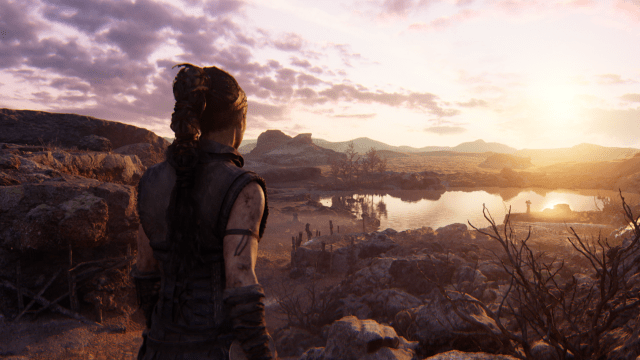
While Senua’s Sacrifice is set in the late 8th century, Hellblade 2 follows Pict warrior Senua yet again, this time in the 10th century. Intent on hunting down the Northman slavers who ravaged her village and killed her lover, Senua gets captured on purpose, hoping her captors will take her to the source of the slavers. During their voyage, however, the vessel is shipwrecked, leaving Senua washed ashore in Iceland where she must find the slavers herself.
Hellblade 2’s portrayal of Iceland is proof that Ninja Theory is a master of technical game development. The studio has recreated real Icelandic environments with breathtaking authenticism thanks to photogrammetry tech. From the rippling lakes to the grooves of each rock face, you can almost smell the salt in the air.

This level of detail applies to Senua and the characters she meets, too. Sacrifice proved Ninja Theory is a leader in realistic game mo-cap. Hellblade 2 builds upon this legacy further, with new-gen hardware letting the developer push the boundaries even more. At times, cutscenes look like they’ve been ripped from a live-action film, while the smaller details during real-time gameplay—like how Senua’s eyes look around her environment, and how shadows cast themselves as she moves—mean the transition between the two never feels abrupt.
What truly makes Hellblade 2 feel immersive, however, is its use of audio. I highly recommend, as does the studio, wearing headphones to get the full immersive effect. The Furies, the auditory hallucinations Senua hears, consistently chatter to her (and you) as you play. With headphones, you experience a 3D effect that makes it sound like each voice is speaking right into your ear. It’s a deeply unsettling but eye-opening experience, especially combined with the often reality-altering visuals. The intention of this is for players to experience a sense of what it’s like to have real-life psychosis which, in itself, is a controversial topic.
Stormy seas

Ninja Theory’s attempt to tackle the heavy subject of mental health issues in Sacrifice was a divisive one. While many applauded the studio’s realistic depiction of psychosis and diligent research, others felt it didn’t go far enough to explore the day-to-day lives and social context of those living with psychosis, or that it used these people’s traumatic experiences as entertainment for others.
In Hellblade 2, it feels like Ninja Theory has taken this feedback on board, at least partly. Senua isn’t magically cured of her psychosis and trauma in the sequel, but she’s accepted it and is learning to live alongside it as best she can. Anyone with mental health struggles knows this is no easy task.
In Sacrifice, Senua was at the mercy of her Furies. They were all-encompassing and loud. In Hellblade 2, the voices remain (as does her altered reality), but they’re often more like background noise. Senua can make her own choices, despite their fearful pleas and their role in this game being much less pivotal than in its predecessor.
We also see how Senua’s psychosis plays into how she interacts with others in Saga—which was lacking in the first game. Senua meets other characters who join her on her journey, each with their own experiences of trauma, loss, or darkness, and we see another side to the Furies. Rather than amping up in acute scenarios that feel like life and death, we see how they factor into day-to-day scenarios, reinforcing Senua’s negative feelings about herself and how different she feels.
This is a much more balanced approach compared to the previous game and overall, it feels like Ninja Theory plays it particularly safe with Hellblade 2. Unfortunately, in doing so, the sequel struggles to find its identity. Senua’s severe psychosis in Sacrifice was the crux of the first game (rightly or wrongly). Pulling back on this in Hellblade 2 and offering a more nuanced approach is understandable (and welcome), except the nuance isn’t strong enough to keep the game afloat.
The game’s overarching message feels shoehorned, and the subtleties of the first game—that eventually climaxed in that incredible end sequence—seem non-existent. I kept feeling like I didn’t know where the story was going, and neither did the studio.
The main story doesn’t even pick up until a few hours in, and even then, it felt like it was ramping up to something that never came, and I walked away from Hellblade 2 disappointed and deflated. There are sequences where you crawl through tunnels that genuinely take up several minutes of your time, the combat feels repetitive, and the puzzles pose little challenge. I finished the game in seven hours and despite there being Lorestones and hidden statues to find, I feel no need to return.
Finding Senua

Ninja Theory had a tough task on its hands. It had to learn from the feedback of those with lived psychosis experiences to create a more nuanced depiction of mental health, but in doing so, it becomes evident how much the game relied on Senua’s acute illness.
As someone living with a mental health disorder, part of me loves seeing Senua managing her illness and battling her day-to-day realities. Having followed her to Helheim and back, I’m strongly invested in Senua as a character. But by adopting this more realistic, nuanced approach, it feels like Ninja Theory loses the thread of the series.
What made Sacrifice great wasn’t Senua’s severe psychosis, it was the pacing and breadcrumb storytelling that gradually built up to an epic conclusion. By comparison, Hellblade 2 only becomes more lost as Senua finds herself.
- Stunning Icelandic environments
- A more nuanced mental health portrayal
- Realistic mo-cap characters
- Use of audio is very immersive
- Slow story that lacks direction
- Overly simple puzzles
- Message feels shoehorned
- Combat is repetitive


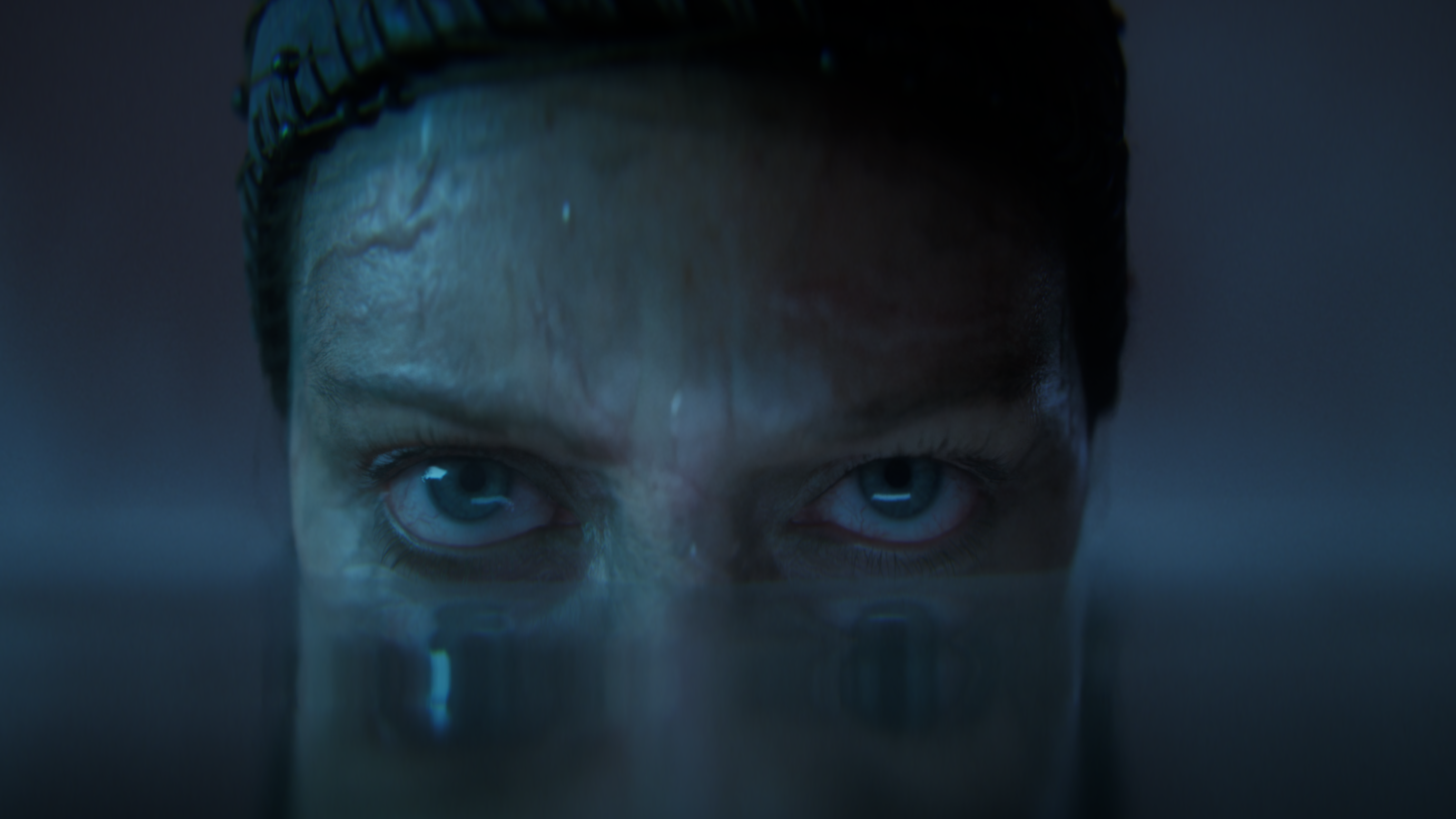

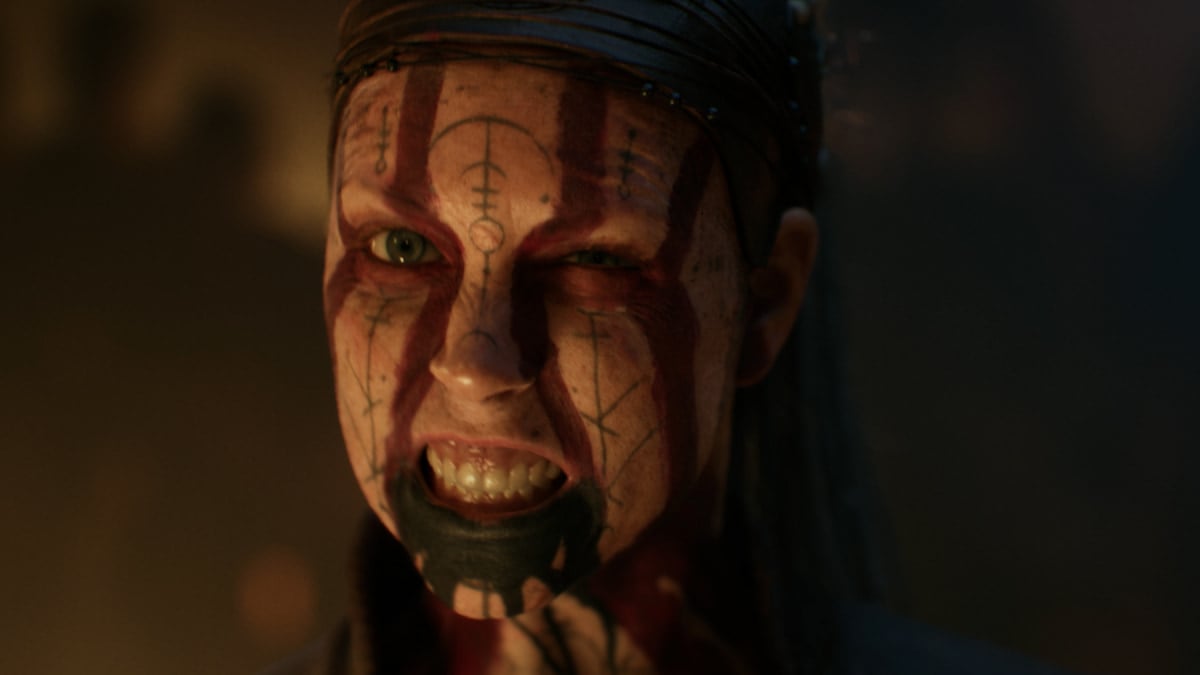

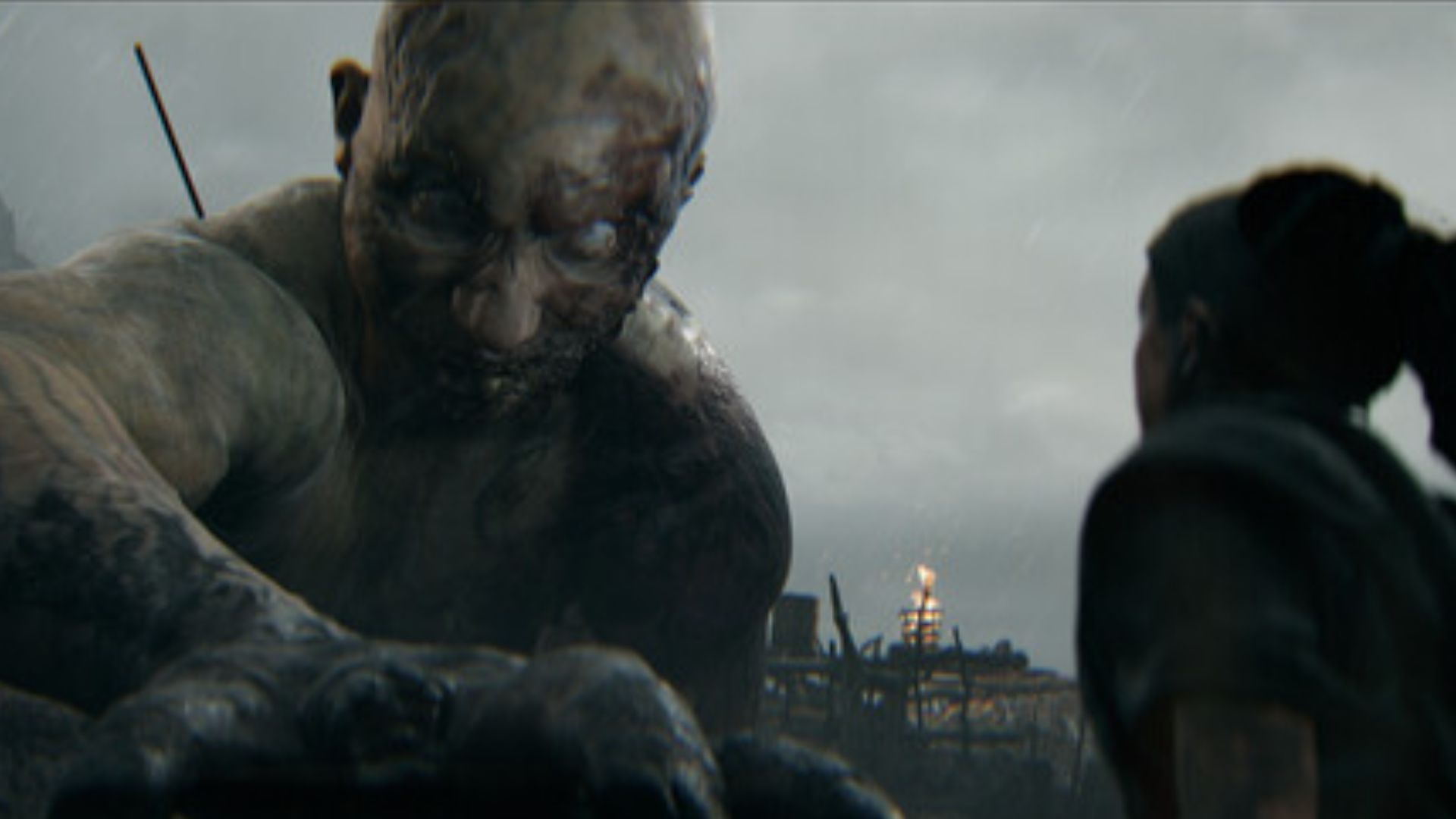
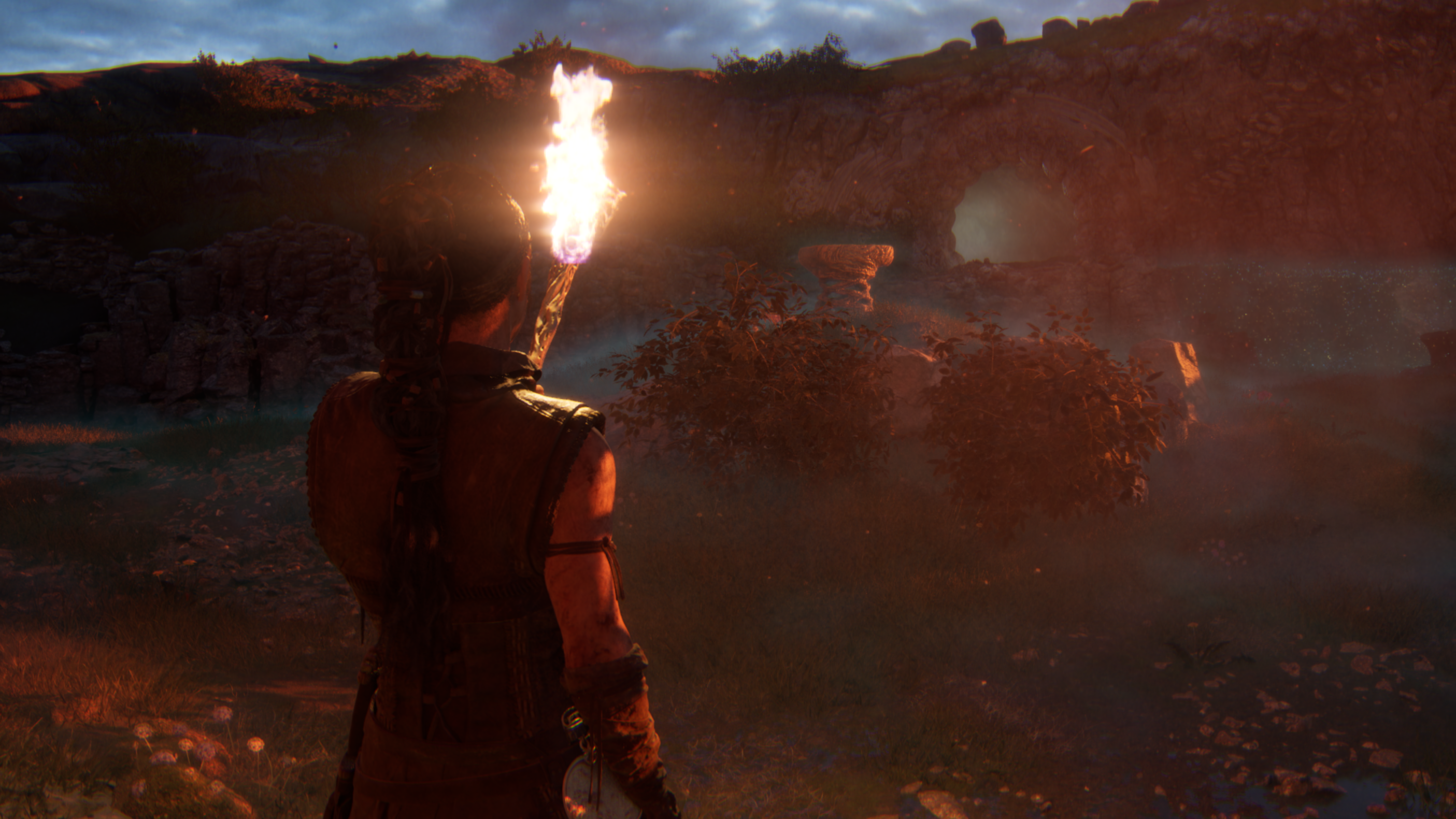
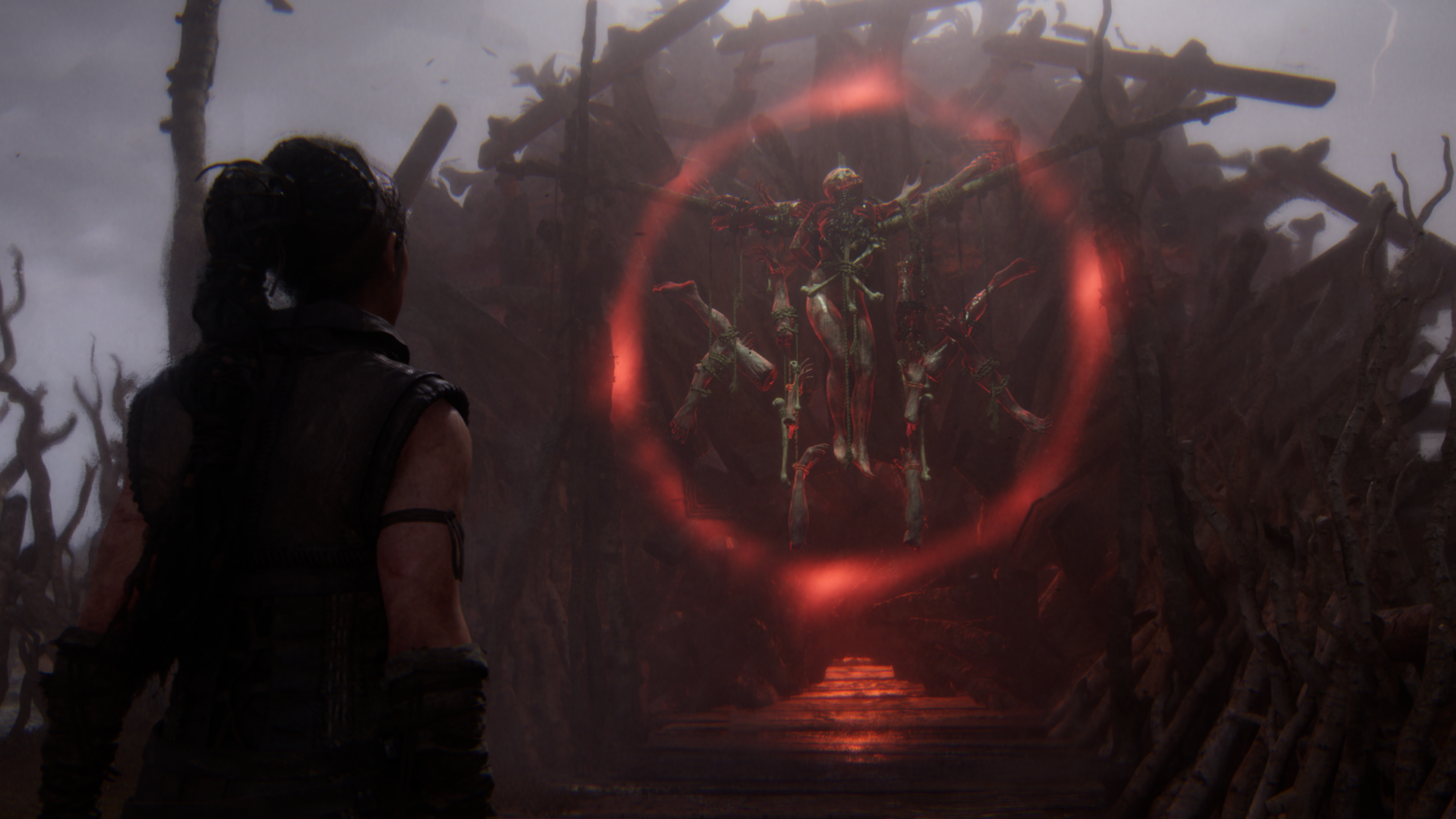


Published: May 21, 2024 03:00 am